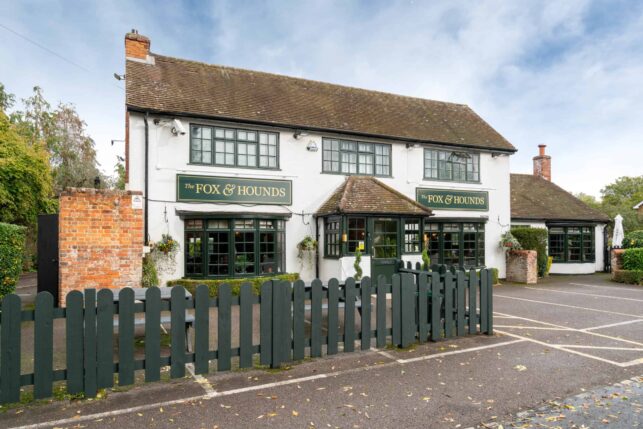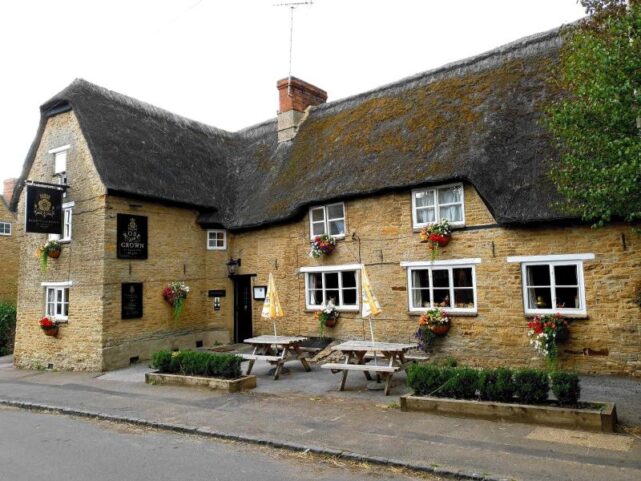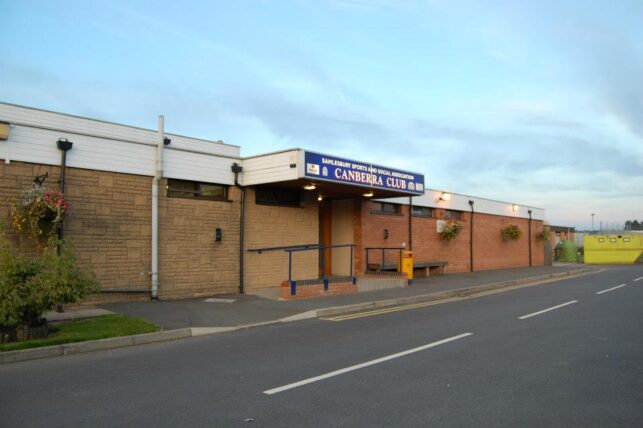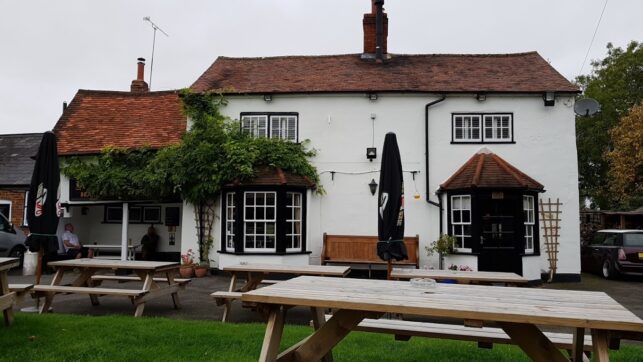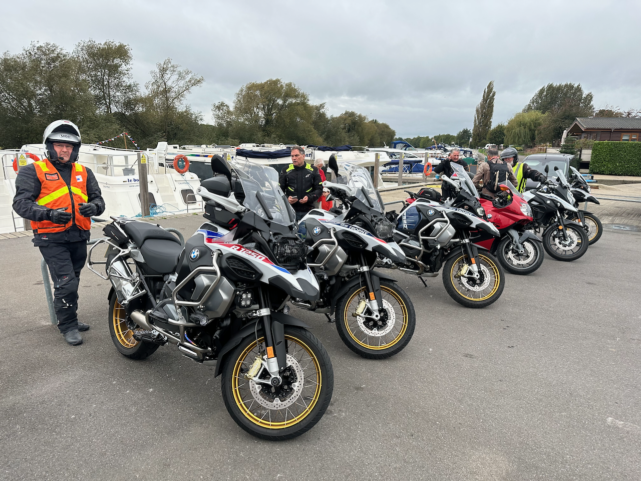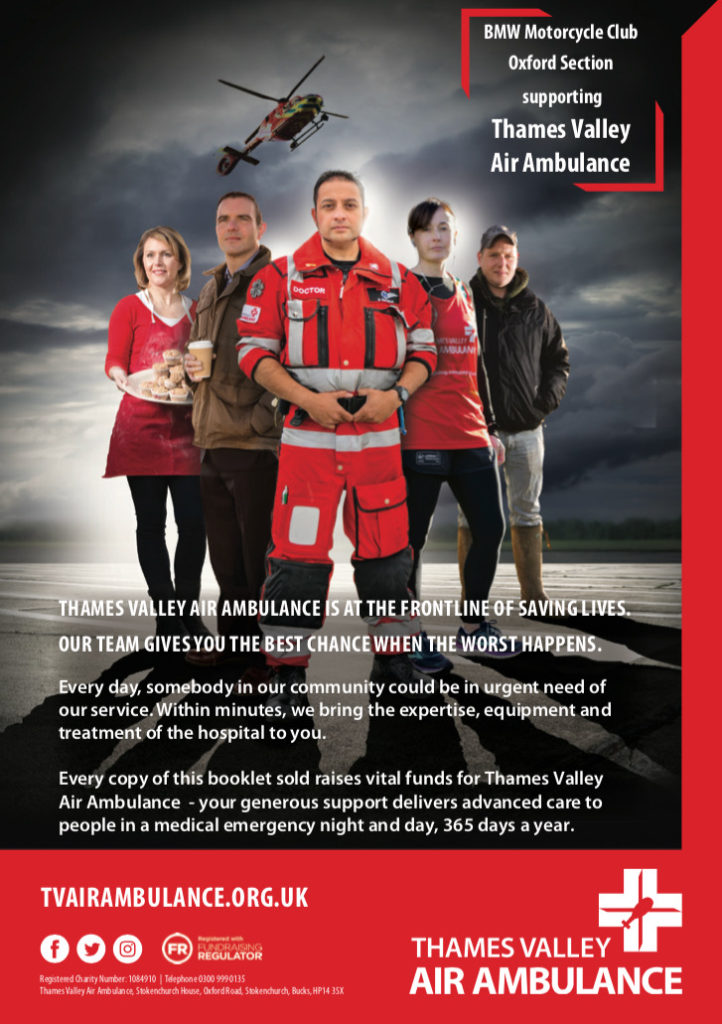As you will have guessed I have more than a passing interest in the subject of Smart Motorways. It stems from my past involvement with Highways England (formerly the Highways Agency) Traffic Officer Service. The original concept for the whole Smart Motorway idea is so far removed from what has now evolved as to be completely incompatible. There were recognised and articulated risks which were moderated by the planned introduction of frequent Emergency Refuges, regular lane monitoring cameras and overhead gantry signs. The early trials were reasonably successful and breakdowns were being picked up by the operations centre quite quickly, lane closed signs illuminated and a patrol car sent to investigate and protect.
The biggest downside in the beginning was the lack of public education on what the “Red X” over (Lane Beneath Signal 1 – the former hard shoulder) LBS 1 as it was then designated actually meant. There was no major public information film or TV advertising at all and that ostensibly remains the case today. The illogical idea of adding such critical information to the next edition of the Highway Code as a means of informing the driving public, amounts to culpable negligence since the vast majority of qualified British drivers are extremely unlikely to ever buy another copy after they have passed their test. Just as important is the fact that foreign drivers are not required to take any form of test before driving on our roads. They do so based purely on the licence issued by their native country. The standards of these such as Romania, Bulgaria etc is highly questionable and since we are the only country to have Smart Motorways along with the signals they will not have experienced anything like it before.
However, as that initial success was rolled on, cost cutting and the rush to maximise the advantages over risk, reduced the frequency of the Emergency Refuges and the number of monitoring cameras, but significantly, as important but not mentioned or apparently taken into consideration, is the human element. With many more miles of “Not So Smart Motorway” to monitor, why does it come as a surprise that staff at the regional control centres are taking longer to spot the breakdown in “live lane”. The observation of and setting of the lane closed Red Cross is only the first step, now the controller has to find an available Traffic Officer vehicle and crew to attend. There is then the travel time which could be anything between 10 minutes to 30-40 mins and if all available crews are already allocated to priority tasks (accidents or other live lane incidents) significantly longer. Every minute stationary, increases the risk of a collision even if the Red Cross is illuminated.
The Agency was allocated £5million by the Government some time ago to run a TV campaign to inform and educate the public about Smart Motorways, but has so far failed to do so.
A 78 page Department for Transport report published in March 2020 admitted that “Smart Motorways” had led to a six fold increase in the number of injuries and deaths of people stranded after breaking down in live lanes. The report stated that all live lane collisions increased from an average of three per year on a traditional motorway with hard shoulder to 19 per year when “Smart”, a 633% increase! An average of 2.8 deaths were caused every year on all lane smart motorways when a vehicle was stranded in a live lane, up from zero before they were changed. There are an average of seven serious injuries per year compared to 0.3 before and 9.1 minor injuries – a rise from 2.3. The report went on to say that over the period from 2015 to the report, the fatal casualty rate for smart motorways without a permanent hard shoulder was lower than it is on motorways with a hard shoulder. That is a very questionable statement as it does not state the actual casualty figures for both or quantify the difference in total mileage of both types of Motorway and there is significantly more standard motorway than smart motorway. There are currently 2,202 miles of motorway of which around only 500 miles are smart motorway ie 22.7% although this is set to increase by another 300 miles over the next few years. The M1 for example will then end up mostly Smart Motorway, the last 30-40 miles of the M4 into London will become Smart Motorway. Perhaps more important is that currently only 37 miles (7.4%) of current Smart motorway have all the safety tech to detect quickly broken down vehicles. Time equals Lives Lost. I’m afraid the arrogant attitude that some deaths are an acceptable risk of having smart motorways is just not acceptable in my view.
Ian Dobie





